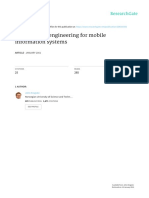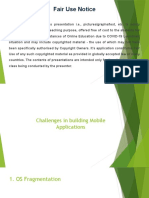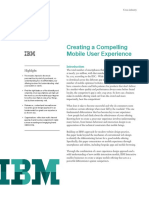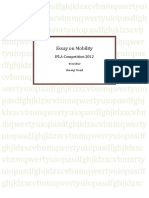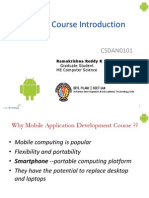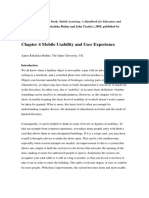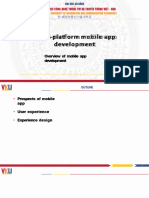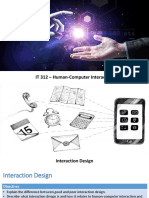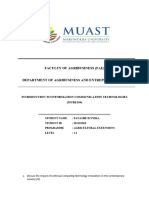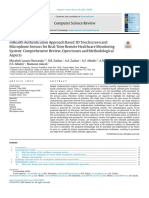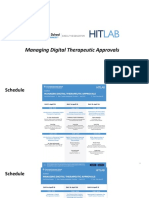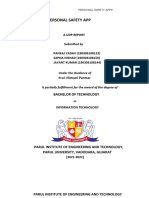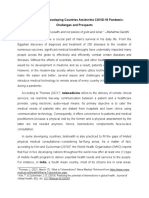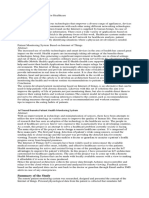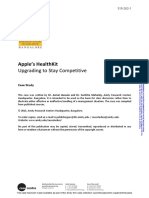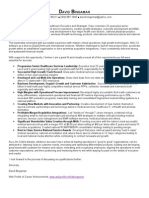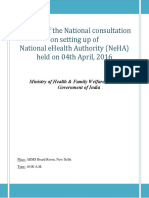0% found this document useful (0 votes)
43 views22 pages411 - Mobile Applications Development - Mobility
This document defines mobility and discusses concepts related to mobile applications and users. It covers key topics such as the components of mobile applications, characteristics of mobile users including their interruptibility and sociability, and implications of the "carry principle" for both mobile devices and users. The document provides concepts on mobility, unpacks what constitutes a mobile device, and discusses how to account for different capabilities of low-end versus high-end mobile phones in application development. It also references additional literature on international differences in mobile use and typologies for mobile health applications in low-resource contexts.
Uploaded by
bed-com-08-19Copyright
© © All Rights Reserved
We take content rights seriously. If you suspect this is your content, claim it here.
Available Formats
Download as PDF, TXT or read online on Scribd
0% found this document useful (0 votes)
43 views22 pages411 - Mobile Applications Development - Mobility
This document defines mobility and discusses concepts related to mobile applications and users. It covers key topics such as the components of mobile applications, characteristics of mobile users including their interruptibility and sociability, and implications of the "carry principle" for both mobile devices and users. The document provides concepts on mobility, unpacks what constitutes a mobile device, and discusses how to account for different capabilities of low-end versus high-end mobile phones in application development. It also references additional literature on international differences in mobile use and typologies for mobile health applications in low-resource contexts.
Uploaded by
bed-com-08-19Copyright
© © All Rights Reserved
We take content rights seriously. If you suspect this is your content, claim it here.
Available Formats
Download as PDF, TXT or read online on Scribd
/ 22
